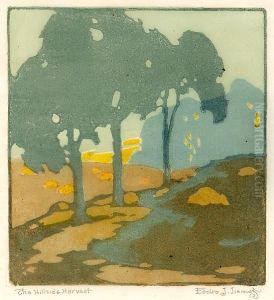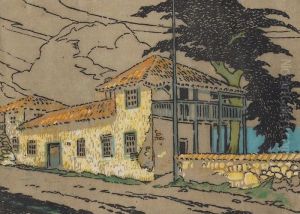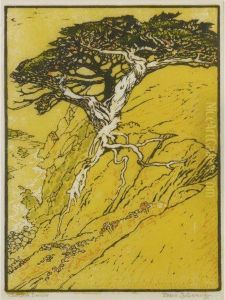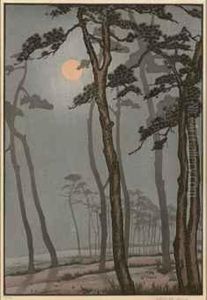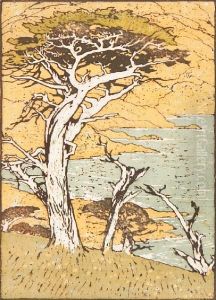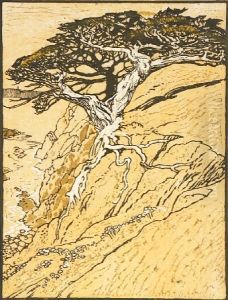Pedro J. De Lemos Paintings
Pedro Joseph de Lemos was an influential American artist, architect, and educator, known for his contributions to the Arts and Crafts movement in the United States, particularly in California. Born on May 25, 1882, in Austin, Nevada, de Lemos grew up in a creative environment, with his father being a photographer. He pursued an education in the arts, studying at the San Francisco Institute of Art, where he later served as the director.
De Lemos's career was marked by his versatility as he worked across a variety of media including printmaking, painting, drawing, and architecture. He was also a prolific writer and educator, authoring several articles and books on artistic techniques and theory. His work often explored themes of nature and mythology, and he was known for his unique use of color and texture to create stylized, decorative compositions.
In 1913, de Lemos became the director of the Stanford University Museum of Art (now the Cantor Arts Center) and a lecturer in art at Stanford University, positions he held until 1945. His influence was felt in the development of the museum's collection and the growth of the university's art department. During his tenure, he also designed various buildings and fixtures on the campus, contributing to the architectural aesthetic of the institution.
De Lemos was deeply involved with the Arts and Crafts movement, and his role as an editor for the movement's influential publication, 'The School Arts Magazine,' allowed him to shape the discourse on art education and crafts. He advocated for the integration of arts into the daily lives of Americans and promoted the idea that beauty and functionality could coexist in everyday objects.
Pedro J. De Lemos passed away on December 5, 1954, in Palo Alto, California. His legacy is preserved through his numerous contributions to the visual arts and education, and his works are featured in various museums and private collections. He is remembered as a key figure who helped shape the cultural landscape of the American West during the early 20th century.


